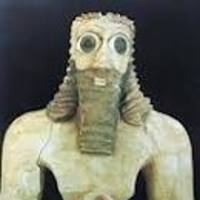
The Opened Scroll Ministry
Independent researcher interested in correcting ancient chronologies.
less
Related Authors
Ian Young
Australian Catholic University
Richard P Martin
Stanford University
Maria Nilsson
Lund University
Giulia Sissa
Ucla
Mehrdad Malekzadeh
ICHTO
Heather D Baker
University of Toronto
Jana Mynářová
Charles University, Prague
Ivan Ladynin
Moscow State University
Alexander Fantalkin
Tel Aviv University
Jonathan S . Burgess
University of Toronto
InterestsView All (11)










Uploads
Papers by The Opened Scroll Ministry